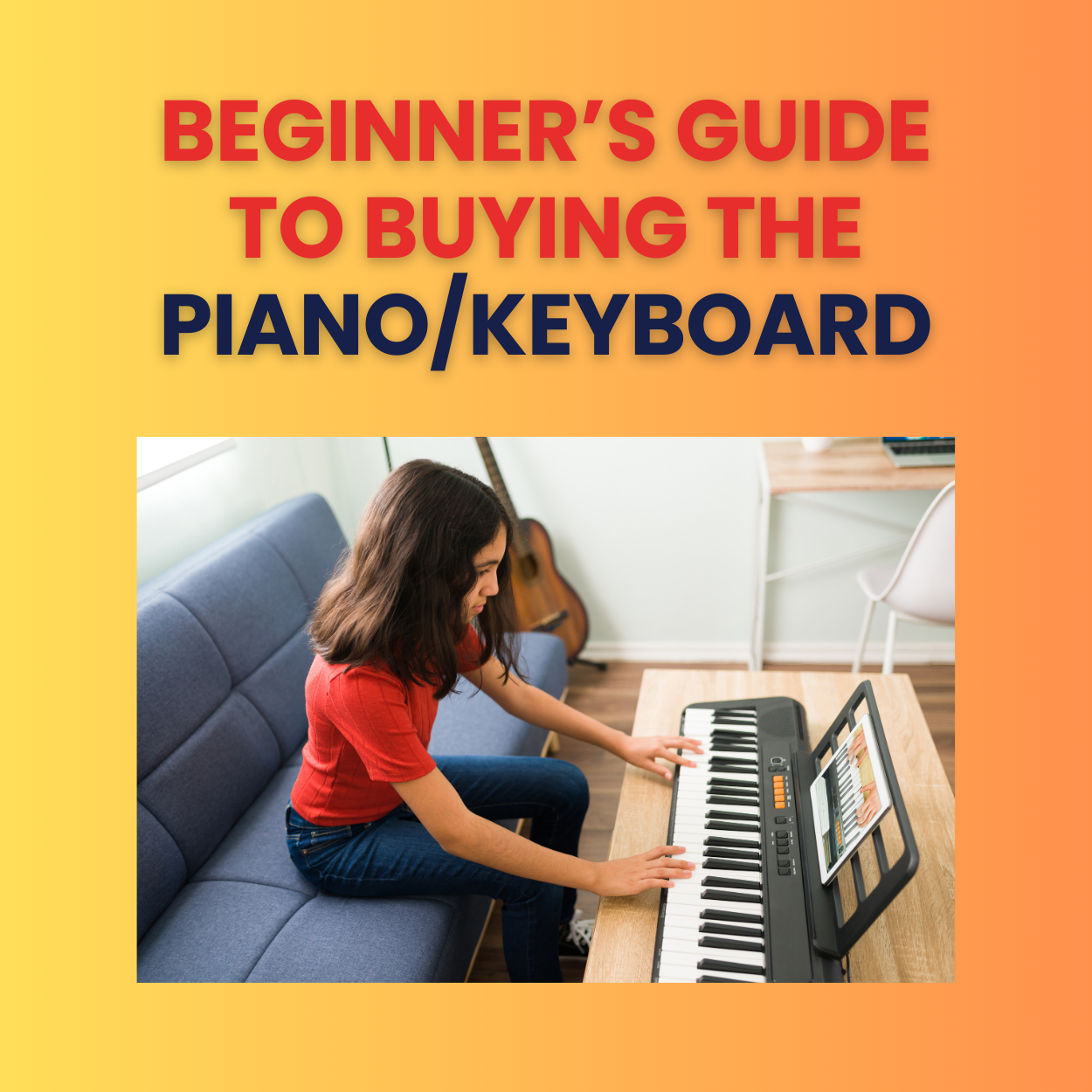
Beginner’s Guide to Buying the Piano/Keyboard


The process of learning to play a musical instrument is exciting and fulfilling. Choosing the right instrument is crucial to ensure a smooth and enjoyable learning experience. But with so many options available, the process of figuring out your right fit can be confusing and overwhelming.
An instrument that is not the perfect fit for you can make the learning curve unnecessarily difficult.
So, here are three main factors you must consider while purchasing your first instrument:
1. Set the budget
Discussing your budget openly with your teacher is essential. This helps the teacher understand your financial expectations and recommend an instrument that suits your long-term learning needs without putting undue economic pressure on you.
Remember, the most expensive instrument is not necessarily the best fit.
2. The learning requirements, expectations and aspirations
It's important to grasp the learning requirements and expectations of both the student and the teacher. For example, while both the piano and electronic keyboard are keyboard instruments, they require different knowledge and techniques.
It is common practice to start learning piano techniques on an electronic keyboard or digital piano. However, not just any keyboard will do. A suitable keyboard for piano learning should have touch sensitivity, the facility for a pedal, at least 61 keys, and standard piano-sized keys.
Most examination boards like Trinity, ABRSM, or Rockschool suggest certain branded models for their keyboard examinations, as the music is arranged for specific specifications and settings. However, these models may not be available in all markets. Therefore, discussing and researching alternatives with your teacher is crucial to achieving your learning goals.
Student aspirations also play a significant role. The teacher's role is to guide them in choosing the right instrument. Most students begin with a standard keyboard or digital piano, but as they progress and their aspirations grow, the need for an upgrade may arise. This requires financial and logistical considerations, especially when purchasing an acoustic piano.

3. Consider the Room/House Layout
The layout and part of the house where the instrument is placed significantly impact effective learning and practice. While many people prefer to place their instruments in the drawing room or common room, these areas often have more movement and noise, which can affect focus. It's advisable to choose a quieter area of the house, even if it's still the drawing room. If finding an ideal spot is challenging, consider digital or electronic instruments with headphone connectivity.
In some cases, students or their families may move frequently and cannot accommodate a large instrument. Portability becomes a crucial factor in such situations. Fortunately, there are many options available to suit every type of student and budget.
While there are many other considerations, these are the general points to keep in mind before choosing an instrument. By taking these factors into account, you can make a well-informed decision that enhances your musical journey.